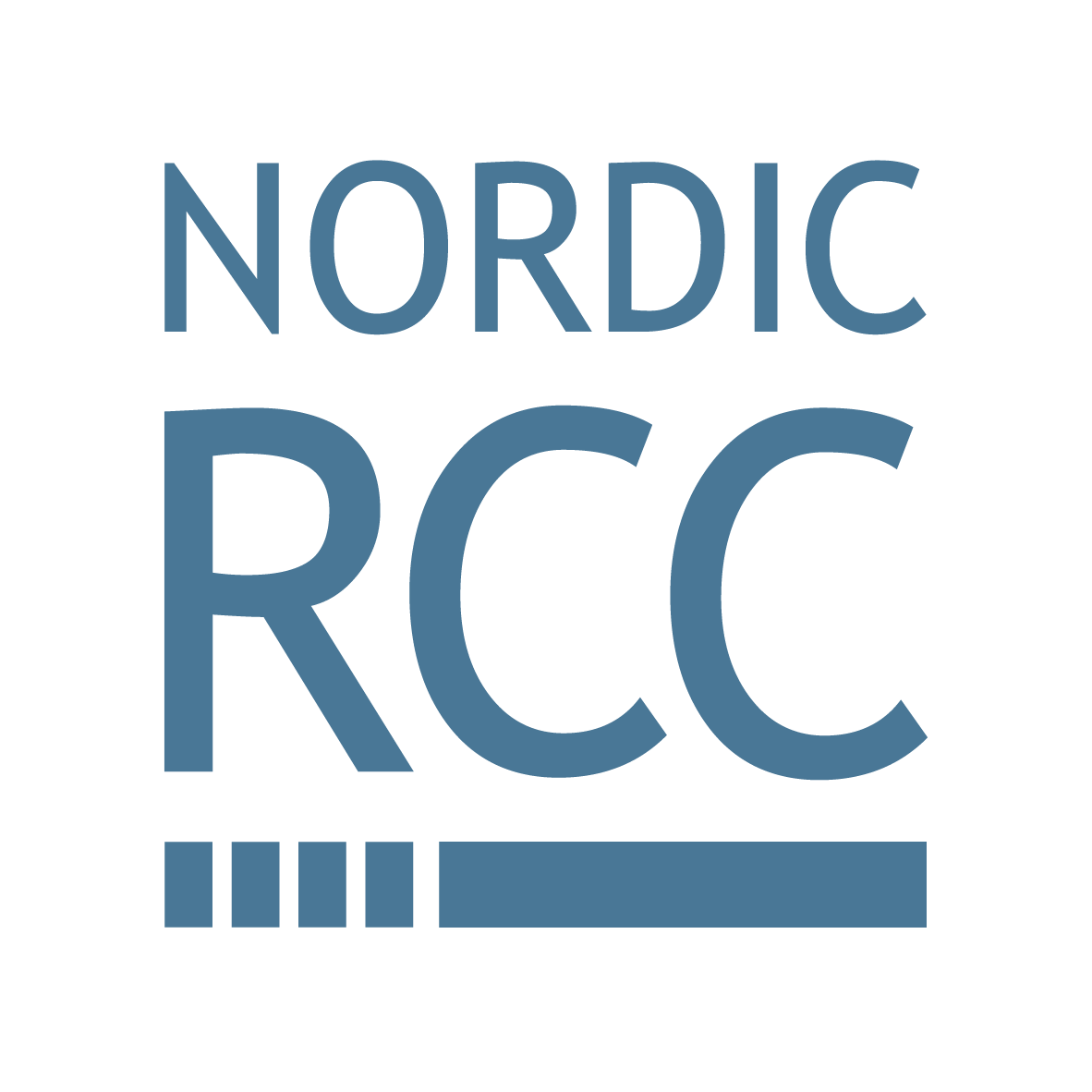Common Grid Model
Watch the video above for a basic explanation of the Common Grid Model (provided by ENTSO-E and Coreso).
Background
The Common Grid Model Methodology (CGMM) defines an Individual Grid Model (IGM) as "a data set describing power system characteristics (generation, load and grid topology) and related rules to change these characteristics during capacity calculation, prepared by the responsible TSOs". These IGMs, one for each control area, are then combined into a Common Grid Model (CGM) which the CGMM defines as "a Union-wide data set agreed between various TSOs describing the main characteristic of the power system…"
Purpose
The main purpose of the Common Grid Model (CGM) is to provide a common data model representing the power system in the Nordic and Pan-European area, which can be used for performing further analysis through the services performed by the Nordic RCC, in order to ensure a secure power market and security of supply.
The CGMs are created for different time horizons from a near real time representation of the grid, to one and two days ahead, and all the way up to year ahead models. The different time horizons have different purposes and provide input data for different services.
Process
When the TSOs build IGMs for the different time horizons, they ensure that the model represents the real power system as closely as possible. The TSOs make sure that the equipment model is up to date and incorporate topological changes during the different periods by applying an outage plan.
The TSOs then use forecasts for load, consumption, net position in each bidding zone and the flow on the different DC lines to ensure that the flow in the grid is as accurate as possible (see Common Grid Model Alignment (CGMA)).
The service at the RCC starts when the Individual Grid Models (IGMs) are received from the TSOs. The IGMs are imported to the CGM system where the RCC is validating that the models follow a set of rules about the modelling and convergence behavior of the IGMs. In case IGMs are missing, invalid or do not converge in terms of power flow calculation, the RCC will follow defined issue resolution and fallback procedures. After having merged the IGMs into a CGM, the model is again validated in order to ensure that it can be used for the subsequent business processes. Finally, the CGM is made available for the TSOs as well as the services at the Nordic RCC using the CGM as input data.
Status now
Today, the CGM service is being implemented on a Nordic level where the Nordic TSOs send D-1* and D-2** IGMs daily to the Nordic RCC. D-1 and D-2 models are both in daily use in their subsequent business processes; CCC Flow-based and the CSA service. In parallel, there is continuous work to improve the quality and the trustworthiness of the models, as well as improving and finetuning the running business processes. The work of implementing the business process for more time-horizons is ongoing, and next up will be the Intra Day (ID) business process and thereafter the Year Ahead (YR) business process.
The pan-European process went live beginning of 2022. The European TSOs upload their IGMs to a central system (OPDE) and one RCC is responsible for collecting all the IGMs and merging them into a pan-European CGM. The work for having the Nordic RCC and the Nordic TSOs joining the pan-European processes is ongoing.
* next day; the process start after market results are known, the day before the operational day at 12 PM
** the process before the market result is known, the process start in the afternoon 2 days before the operational day
